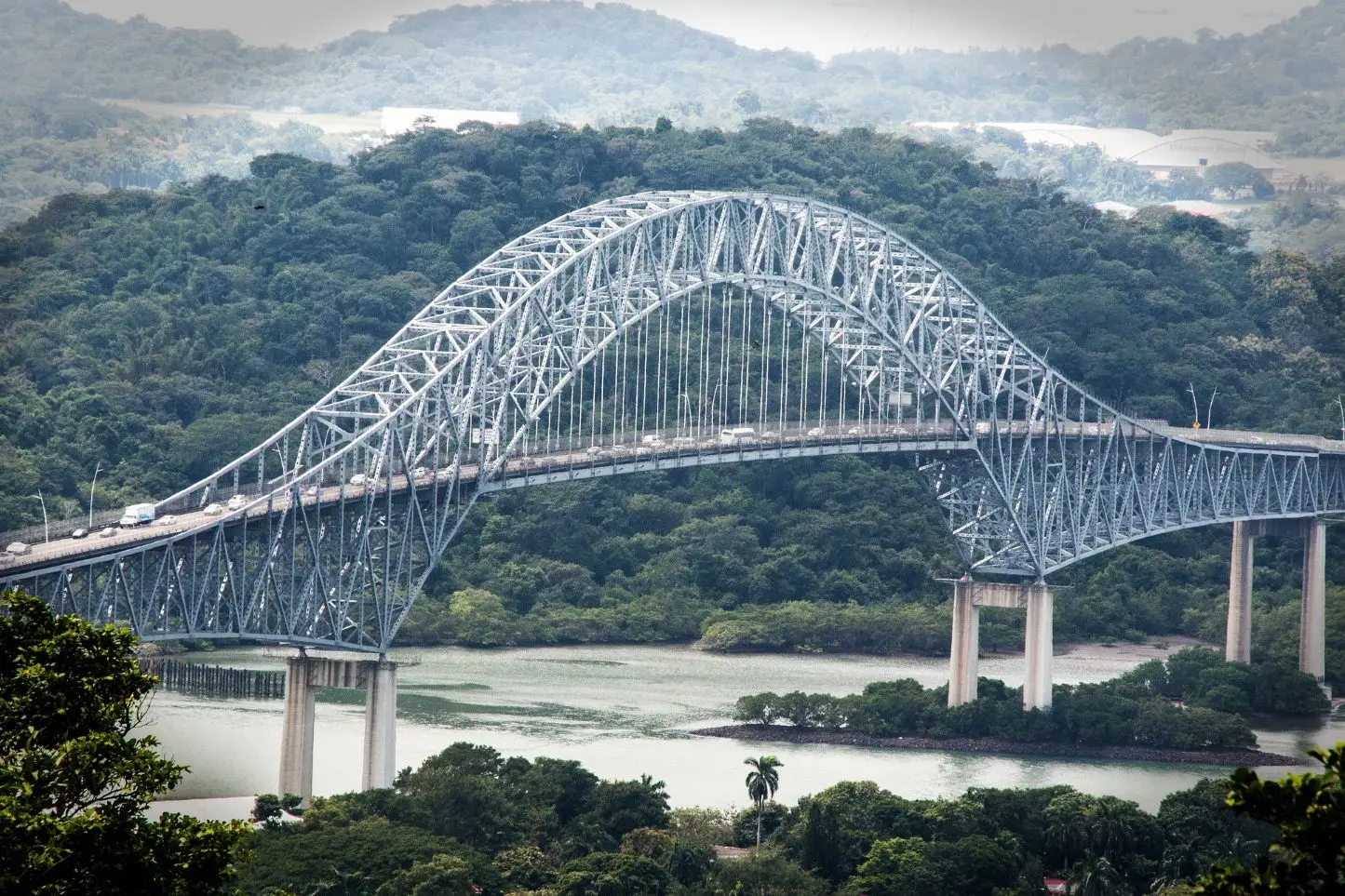Geopolitical tensions, economic shocks and climate events are reshaping the geography of connectivity linked to "critical" infrastructures. The demand for new infrastructure is already driven by the need to replace obsolete assets (e.g. in the USA), new market needs (e.g. the construction of data centers or storage systems) and demographic dynamics (e.g. rapid urbanization in developing countries). However, the mantra of efficiency, which for decades has driven globalization and thus infrastructure investments, is leaving more room for resilience in the planning of logistics, energy, water, digital, military or financial networks. Why is this trend underway?
First, the conflicts in Ukraine and the Middle East, the hybrid warfare in Eastern Europe and the Baltic Sea, and the trade tensions between the United States and China have shown how dependence on a limited number of suppliers or geographical choke points can be exploited for military or geoeconomic purposes. Sectors such as energy, critical raw materials and semiconductors are the most emblematic examples of this dynamic: voluntary supply disruptions by hostile states or private actors can damage industrial supply chains, undermine economic growth and influence the stability of others. In fact, in the name of the highest and increasingly extensive concept of national and economic security, a government can make its citizens bear significant costs.
Second, the pandemic, the drought crisis in Panama in 2023-24 or the grounding of the Ever Given in the Suez Canal in 2021 have shown how individual events certainly not dictated by the logic of power can block a significant slice of global commercial traffic for days, with immediate and widespread effects. There are 27 choke points in the world and climate shocks are set to increase in the coming decades.
Third, the rapid integration of new technologies is part of the solution for greater infrastructure resilience (think artificial intelligence or the Internet of Things), but it can also increase the likelihood of shocks. The expansion of interconnected digital systems and critical infrastructures exposed to cyberspace increases the risk of both overloads in electricity networks and cyberattacks.
In such a rapidly changing world, we need to focus on the redundancy (a concept widely used in the digital field) of production lines, infrastructure networks and trade routes.
Two reasons can help to understand the importance of investing in redundancy for the European Union. The first is climate change: by the end of the century, compared to today, European transport infrastructures will be subject on average to heat waves 28.8 to 34.4 times more often, droughts 20 to 36.4 times more often, river floods 20% to 80% more often, forest fires 20% to 230% more often and tropical cyclones 0 to 10% more often.
The second reason is the weight of trade for the EU bloc. On the economic front, in 2024 the sum of extra-EU exports and imports of goods and services amounted to 43% of EU GDP. From a strategic point of view, the EU has the largest network of trade agreements in the world, with over 40 agreements involving 76 countries; and the list is set to grow.
The EU Economic Security Strategy, presented by the von der Leyen Commission in June 2023, is heading in the right direction, at least on paper. The risks to be monitored fall into four macro-categories:
- risks to the resilience of supply chains, including energy security;
- risks to the physical security and cybersecurity of critical infrastructures;
- risks related to technological security and technological leaks;
- risks of exploitation of economic dependencies or economic coercion.
To address and prevent the aforementioned risks and strengthen the resilience of its economy between infrastructure and trade, the EU aims to act on three fronts: "promotion, protection and partnership". And it has been doing so for years.
On the first front, the completion of the trans-European transport infrastructure within the framework of the revised TEN-T Regulation should be mentioned. On the second, we should recall some initiatives such as the Directive on the resilience of critical entities or those on information and network systems. On the third, the war in Ukraine and the war in the Middle East (with the Red Sea crisis attached) have deepened the reflection in the EU on the development of more or less new alternative trade corridors, such as the India-Middle East-Europe Economic Corridor (IMEC), the Eurasian Middle Corridor and the 12 Strategic Corridors in Africa within the Global Gateway. The resilience of the European system depends on this.
by Roberto Italia, Junior Research Fellow of the ISPI Geoeconomics Centre
[image by Ronald Kötz from Pixabay]
